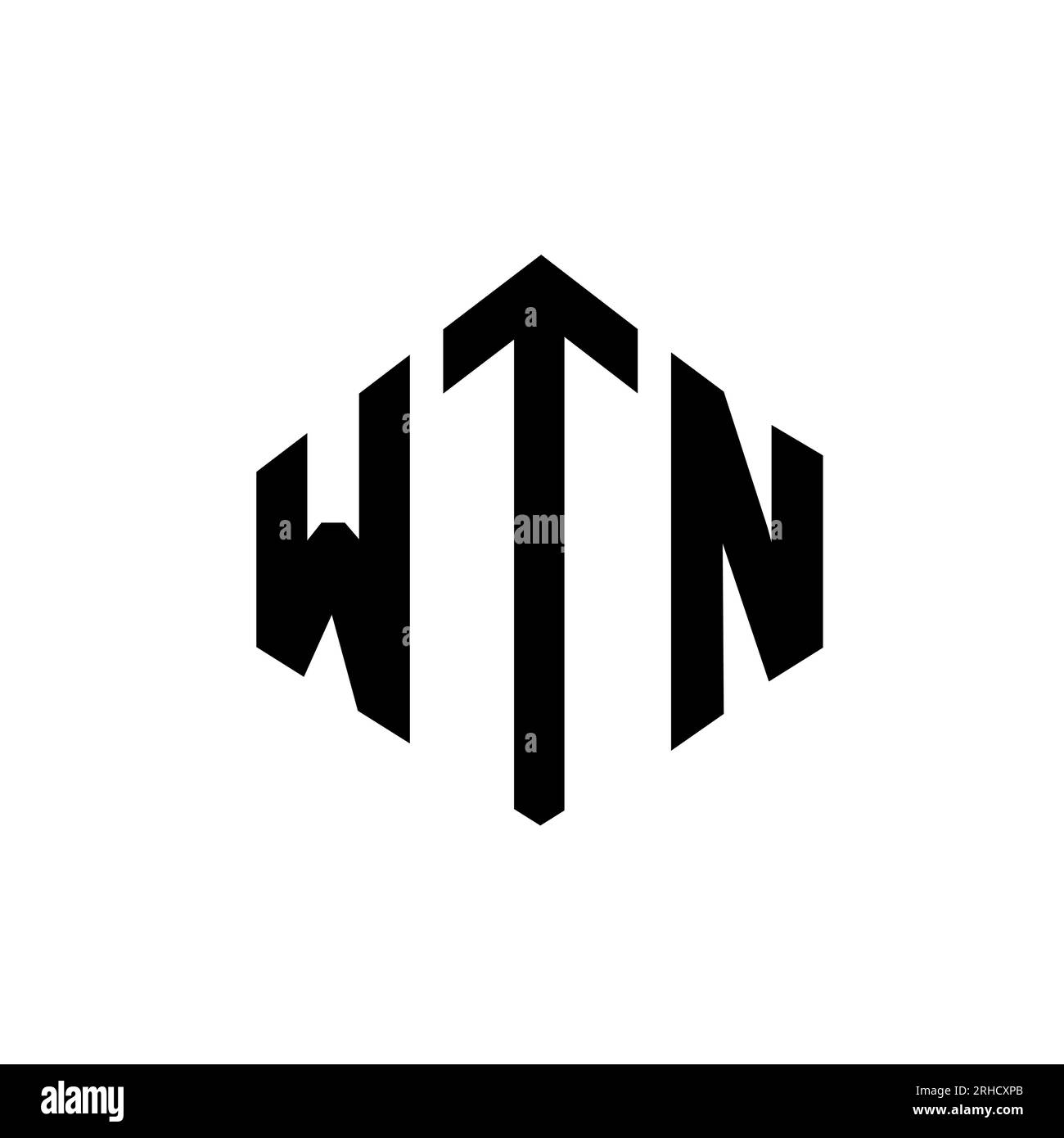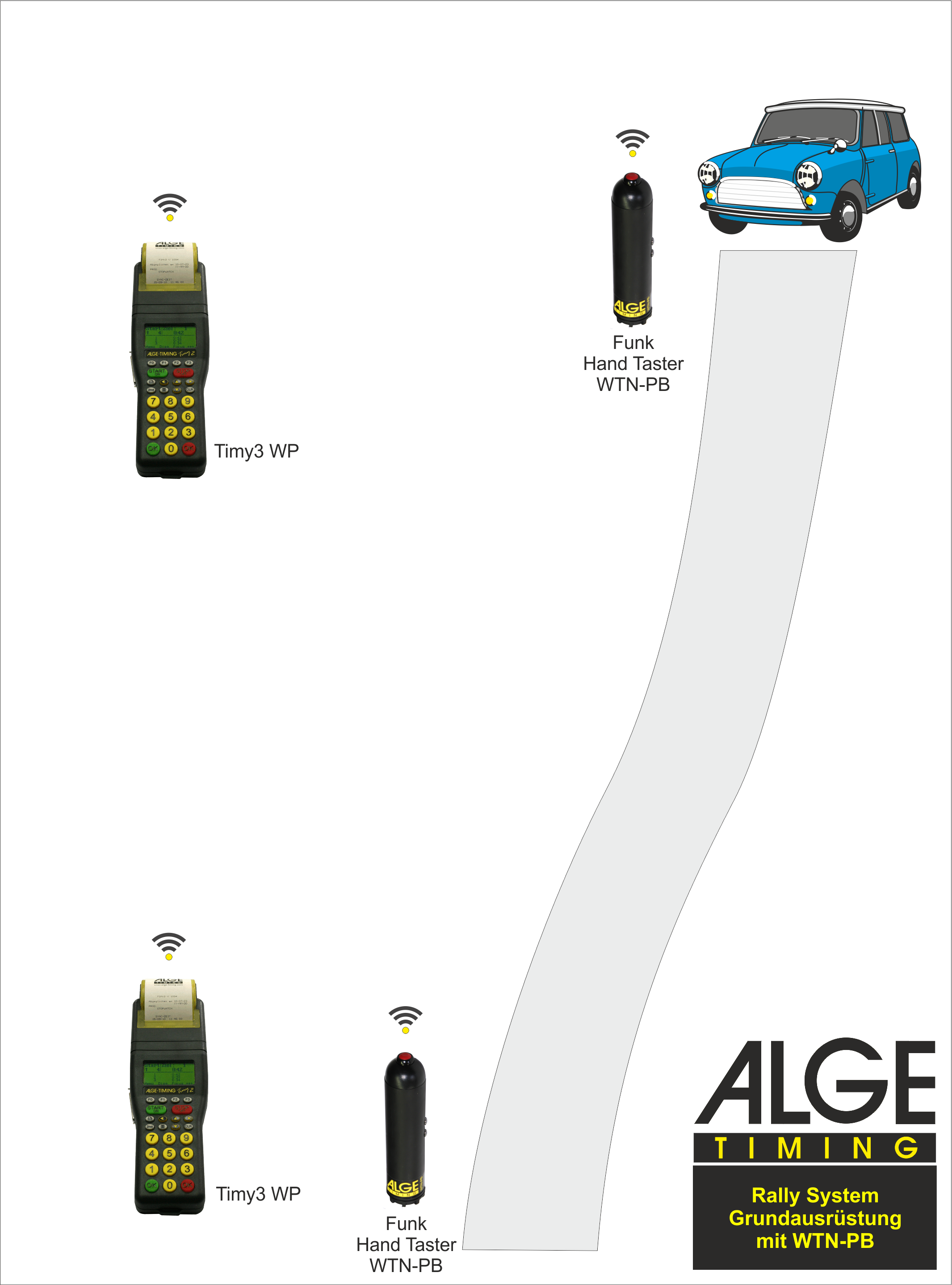Have you ever come across the acronym WTN while scrolling through texts or social media? If you're scratching your head trying to figure out what it means, you're not alone. WTN has been gaining popularity among younger generations, and it’s time to break it down for you. Whether you're a seasoned texter or just dipping your toes into the world of modern slang, understanding WTN can help you stay ahead of the curve.
Picture this: you're chatting with a friend, and suddenly they drop WTN into the conversation. You freeze, wondering if you've missed some secret code everyone else knows about. Don't worry—it happens to the best of us. Slang evolves faster than we can keep up, but we’re here to decode it for you.
Before we dive deep into the meaning of WTN, let’s set the stage. In today’s digital age, abbreviations and acronyms are everywhere. From casual conversations to professional emails, these shortcuts have become an essential part of how we communicate. So, what exactly does WTN mean, and why should you care? Stick around to find out!
- Brian Campbell Death Unraveling The Truth Behind The Headlines
- Ciara Ring The Ultimate Guide To Style Symbolism And History
WTN: The Basics – What Does It Stand For?
Let’s start with the fundamentals. WTN is short for “What’s the News?” It’s a casual way to ask someone about updates or gossip. Think of it as the modern-day equivalent of saying, “What’s new?” or “What’s going on?” but with a cooler vibe. This acronym has been around for a while now, but it’s recently seen a surge in usage thanks to platforms like TikTok and Instagram.
Here’s why WTN is so popular: it’s quick, easy to type, and adds a playful tone to your conversations. Instead of typing out the full phrase, you can simply drop WTN and get straight to the point. Plus, it gives off that trendy, insider-knowledge vibe that everyone loves.
Where Did WTN Come From?
Like many internet slang terms, WTN doesn’t have a clear origin story. However, most experts agree that it started gaining traction in the early 2010s. Back then, texting was all about keeping messages short and sweet, and acronyms like WTN were perfect for the job.
- Unveiling The Truth Major Accident In Houston Texas
- Mercury Conjunct Neptune Transit Unlocking The Mysteries Of Cosmic Alignment
Over time, WTN found its way into social media platforms and became a staple in online conversations. Today, it’s used by people of all ages, though it’s especially popular among teens and young adults who love to keep things light and fun.
Why Is WTN Important in Modern Communication?
In today’s fast-paced world, time is precious. Whether you’re sending a quick message to a friend or responding to a colleague, every word counts. That’s where WTN comes in. By using this acronym, you can convey a lot of meaning in just three letters.
Here’s how WTN fits into modern communication:
- It saves time and effort by condensing a full sentence into a single word.
- It adds a playful, casual tone to your messages.
- It shows that you’re in tune with current trends and slang.
So, the next time you’re tempted to type out “What’s the news?” try using WTN instead. Your friends will appreciate the brevity, and you’ll look like a texting pro.
How to Use WTN in Your Conversations
Using WTN in your texts might seem intimidating at first, but it’s actually super easy. Here are a few tips to help you get started:
1. Keep It Casual
WTN works best in informal settings. Don’t use it in formal emails or professional conversations unless you’re sure the other person will understand it. Stick to casual chats with friends and family where slang is welcomed.
2. Be Contextual
Make sure the context is clear when you use WTN. For example, if you’re texting someone after a long break, WTN can be a great icebreaker. But if you’re in the middle of a serious conversation, it might come off as out of place.
3. Pair It with Emojis
Emojis can add extra flair to your WTN messages. Try combining it with a curious face emoji (🤔) or a winking eye (😉) to make it even more engaging.
Example: WTN? 😉
WTN vs. Other Similar Acronyms
While WTN is one of the most popular acronyms for asking about updates, it’s not the only one. Here are a few other options you might encounter:
- WYD – What You Doing?
- WYA – Where You At?
- WTH – What The Heck?
Each of these acronyms serves a slightly different purpose, so choose wisely depending on the situation. For example, if you’re asking about someone’s plans, WYD might be more appropriate. But if you’re looking for general updates, WTN is your go-to choice.
Common Misconceptions About WTN
Even though WTN is a straightforward acronym, there are still some misconceptions floating around. Let’s clear them up:
Misconception 1: WTN is Rude
Some people think that using acronyms like WTN can come off as rude or dismissive. However, this couldn’t be further from the truth. When used correctly, WTN is a friendly and casual way to ask for updates.
Misconception 2: WTN is Only for Young People
While WTN is especially popular among younger generations, there’s no age limit for using it. Anyone can incorporate WTN into their conversations to sound more up-to-date with current trends.
WTN in Popular Culture
WTN has made its way into various forms of media, from social media posts to TV shows. Here are a few examples:
1. TikTok Challenges
TikTok users love incorporating WTN into their videos, often as a prompt for sharing updates or funny stories. It’s become a staple in many viral challenges, making it even more recognizable.
2. Memes
WTN often appears in memes that play on its meaning. These memes can be a great way to connect with others who share your sense of humor.
3. Celebrities Using WTN
Even celebrities have jumped on the WTN bandwagon. Many influencers and public figures use the acronym in their social media posts, further cementing its place in pop culture.
Statistics and Data on WTN Usage
According to a recent study by a leading linguistics research firm, acronyms like WTN are used in approximately 40% of all text conversations among millennials and Gen Z. This number is expected to grow as digital communication continues to evolve.
Another interesting finding is that WTN is most commonly used in group chats, where multiple people can share updates and stay connected. This highlights the social aspect of the acronym and its role in fostering community.
How to Stay Updated on Slang Like WTN
If you want to stay ahead of the latest slang trends, here are a few tips:
- Follow popular social media accounts that focus on language and communication.
- Engage with online communities where people discuss slang and its meanings.
- Don’t be afraid to ask friends or family members what certain acronyms mean.
Remember, language is constantly evolving, and staying curious is the key to keeping up with the times.
Conclusion: Embrace the Power of WTN
WTN might seem like just another acronym, but it’s so much more than that. It’s a tool for connecting with others, staying informed, and adding a touch of fun to your conversations. By incorporating WTN into your texting vocabulary, you’ll not only sound cooler but also show that you’re in the know.
So, the next time someone asks you WTN, don’t hesitate to share your latest news. And if you haven’t already, give WTN a try in your own conversations. Who knows? It might just become your new favorite acronym.
Don’t forget to leave a comment below and let us know how you use WTN in your daily life. And while you’re at it, why not share this article with your friends? Together, we can spread the word about this awesome acronym!
Table of Contents
- WTN: The Basics – What Does It Stand For?
- Where Did WTN Come From?
- Why Is WTN Important in Modern Communication?
- How to Use WTN in Your Conversations
- WTN vs. Other Similar Acronyms
- Common Misconceptions About WTN
- WTN in Popular Culture
- Statistics and Data on WTN Usage
- How to Stay Updated on Slang Like WTN
- Conclusion: Embrace the Power of WTN
- Dax Shepard Relapse A Candid Look At His Journey Recovery And Lessons Learned
- What Is Regretting You About Unpacking Lifes Reflections And Lessons


